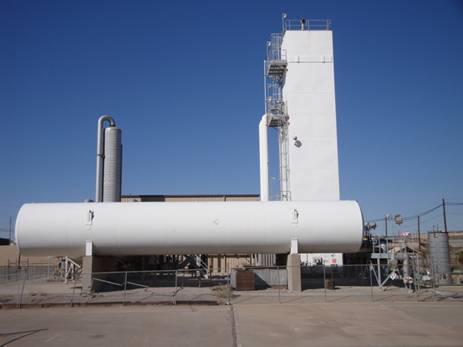The following are key tips required in the filling of Liquid Tankers. To prevent creating a hazardous atmosphere, filling must occur only outdoors in well-ventilated and well- illuminated areas. A properly designed overhead cover is permissible.
While filling, the tanker shall be stationary and should be level. If a trailer is loaded on scales, the levelness and materials of the loading area are usually covered by local or regional requirements for measuring systems.
The system shall be designed to rapidly and safely interrupt the flow of cryogenic liquids for either safety or normal process reasons.
During periods of inactivity, the storage system design (equipment and piping) should not build and store pressure significantly above its normal operating pressure. The system should be designed to prevent contamination of the plant piping or product transfer system from occurring and to ensure storage product integrity when the equipment is idle between tanker fills.
Fill personnel should visually monitor fittings and hose connections to verify that they do not leak during filling operations. Leaking fittings for LIN (Nitrogen in a cryogenic liquid state) and LAR (Liquid Argon in a cryogenic liquid state) can be tightened during filling operations. If LOX (Oxygen in a cryogenic liquid state) fittings and hose connections are observed to be leaking, the filling operation should be shut down and the leaking fitting should be tightened using non sparking tools as appropriate.
This article has been brought to you by Transcourt, for more information on Liquid Tanker Leasing, please do not hesitate to call.


Recent Comments